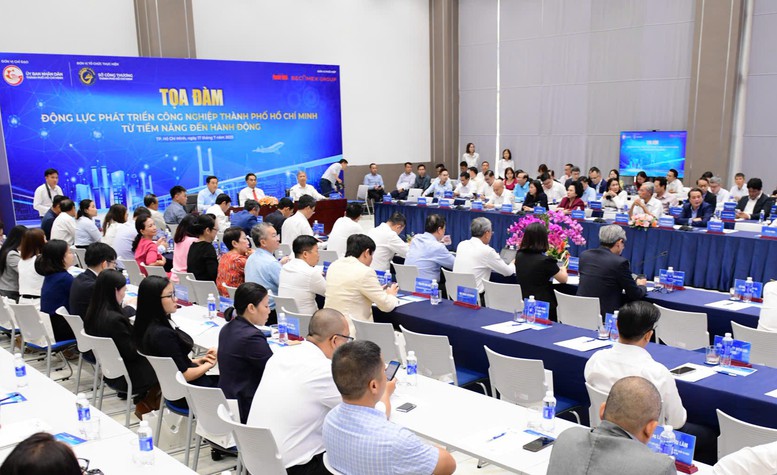
Seminar "Driving force for industrial development in Ho Chi Minh City - From potential to action" - Photo: VGP/LA
At the seminar "Driving force for industrial development in Ho Chi Minh City - From potential to action" held on July 17 in Ho Chi Minh City, experts, managers and businesses together gave advice so that Ho Chi Minh City's industry in the new development stage can truly become a pillar of sustainable growth in the context of expanding administrative boundaries.
Clear division of roles, promoting the advantages of each region
According to Mr. Do Thien Anh Tuan, Lecturer at the Fulbright School of Public Policy and Management, after the merger, Ho Chi Minh City will still maintain its leading position in the country's industry. However, he emphasized that to develop sustainably, it is impossible to continue to develop in breadth but must restructure and clearly assign roles between regions to optimize the value chain.
Specifically, the old Ho Chi Minh City should play the role of the "brain" of the industrial region - where research and development (R&D), finance, quality control and production coordination centers are concentrated. The old Binh Duong and Dong Nai areas are the high-tech production poles, while the old Ba Ria-Vung Tau area plays the role of an import-export and energy hub. Tay Ninh is oriented to become a food industry and agricultural processing center connecting the Mekong Delta.
Sharing the same view, Dr. Huynh Thanh Dien, Lecturer at Nguyen Tat Thanh University, called this model the "core axis of the industrial value chain" of Ho Chi Minh City, with the ability to lead from design, R&D to production, logistics and export. This is a complete ecosystem that can spread to the entire Southeast and Southwest regions.
Meanwhile, Dr. Tran Du Lich said that Ho Chi Minh City needs to set a target of achieving double-digit growth in the next 5 years. To achieve that, the city's industry cannot continue to grow horizontally, relying on cheap labor because cheap human resources are increasingly scarce.
Therefore, Ho Chi Minh City must shift to a growth model based on digital transformation and green transformation. At the same time, Ho Chi Minh City also needs to re-evaluate each industry and group of industries based on the proportion of added value in the product value structure. In particular, it is necessary to calculate the total factor productivity (TFP) of each industry to clearly identify which factors contribute to the overall productivity.
Dr. Tran Du Lich also said that Ho Chi Minh City needs to adjust its planning based on the advantages of each region, linked to the overall planning of the Southern region. This is urgent and needs to be done immediately.
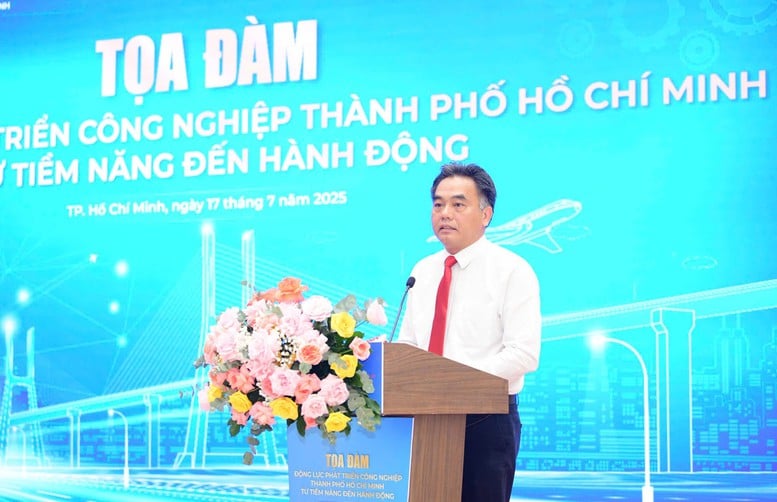
Vice Chairman of the Ho Chi Minh City People's Committee Nguyen Loc Ha emphasized: Modern industry and innovation must be the pillars leading the megacity of Ho Chi Minh City. Photo: VGP/LA
Modern industry and innovation must be the pillars leading "super cities"
Speaking at the seminar, Vice Chairman of the Ho Chi Minh City People's Committee Nguyen Loc Ha emphasized: Modern industry and innovation must be the pillars leading the megacity of Ho Chi Minh City with 14 million people into a new era of development.
The merger of Binh Duong and Ba Ria - Vung Tau with Ho Chi Minh City has opened up a new economic and administrative entity with outstanding scale: Area of over 6,770 km², population of 14 million people, concentrating nearly 50% of the country's private enterprises. This is not only an expanded "physical space", but also a golden opportunity for Ho Chi Minh City to reshape its leading role, becoming the leading growth pole of the country and reaching the regional level.
However, Mr. Loc also pointed out the challenges when the proportion of industry in GRDP is on a downward trend, many industries still depend on cheap labor, low technology content and added value. To "turn potential into action", the leader of the Ho Chi Minh City People's Committee requested departments and branches to immediately start implementing many tasks after the discussion.
Accordingly, the Department of Industry and Trade proposed adjusting industrial planning towards prioritizing high-tech, platform, digital transformation, green, and smart industries, focusing on mechanics, chemicals, electronics, semiconductors, high-speed railways, etc.
Vice Chairman of the Ho Chi Minh City People's Committee Nguyen Loc Ha assigned the Department of Science and Technology to promote the innovation ecosystem, connect institutes, schools, and businesses, and support technology startups. The Department of Finance will study incentive mechanisms to attract investment in key industries and new technologies. The Department of Home Affairs and the Department of Education and Training will focus on training high-quality human resources that meet the practical needs of businesses.
For the Management Board of Export Processing Zones - Industrial Parks, it is necessary to accelerate administrative procedure reform, develop green and smart industrial park models associated with regional logistics. In addition, research institutes and universities are encouraged to directly participate in the process of technology transfer, product development, training and policy review.
Vice Chairman of the Ho Chi Minh City People's Committee Nguyen Loc Ha also called on the business community to proactively innovate technology, invest in green industry, improve productivity and strictly comply with environmental and labor standards.
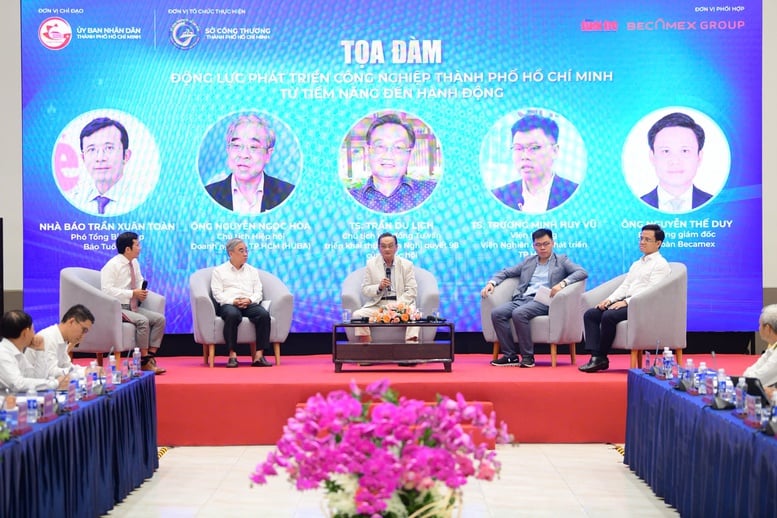
Experts give advice for sustainable development of Ho Chi Minh City's industry in the coming time - Photo: VGP/LA
FTZ helps HCMC participate deeply in the global value chain
Giving advice for the sustainable development of Ho Chi Minh City's industry in the coming time, Dr. Huynh Thanh Dien emphasized: Ho Chi Minh City needs to be planned to become a core center from design, production to export. From there, the City will create a spreading force for development to localities in the region such as the Southeast, the Mekong Delta... "This must be a consistent orientation in Ho Chi Minh City's development strategy, with the ultimate goal of forming a strong regional industrial value chain," Dr. Dien emphasized.
In particular, Dr. Dien proposed that Ho Chi Minh City should soon form a free trade zone (FTZ) as part of a new industrial strategy, connecting with the International Financial Center (IFC).
At the discussion session, Dr. Tran Du Lich, Chairman of the Advisory Council for the implementation of Resolution 98, also said that Ho Chi Minh City needs to quickly build the Cai Mep - Thi Vai Free Trade Zone.
"In this new phase, only FTZs can directly participate in the global distribution value chain and attract strong investment. Therefore, Ho Chi Minh City must act quickly because this is considered a breakthrough," emphasized Dr. Tran Du Lich.
According to Dr. Lich, the foundation of FTZ is not only trade and services, but also industry. From there, FTZ will connect with the logistics centers (ICDs) planned in Di An and Thuan An to improve the efficiency of supply chain operations.
According to experts, the expansion of Ho Chi Minh City is not only about expanding its boundaries, but also about opening a new vision to become a center of production, innovation, and logistics for the country and Southeast Asia by 2045.
Le Anh
Source: https://baochinhphu.vn/tphcm-huong-toi-tro-thanh-trung-tam-san-xuat-doi-moi-sang-tao-logistics-cua-khu-vuc-102250717170338658.htm


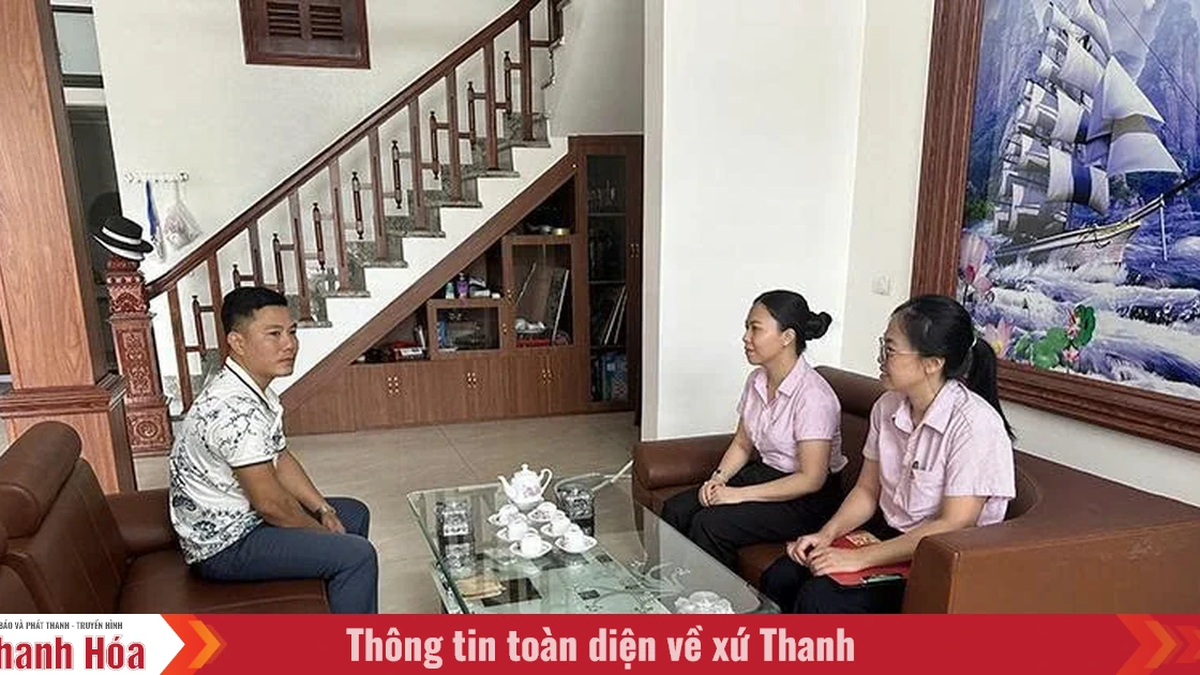
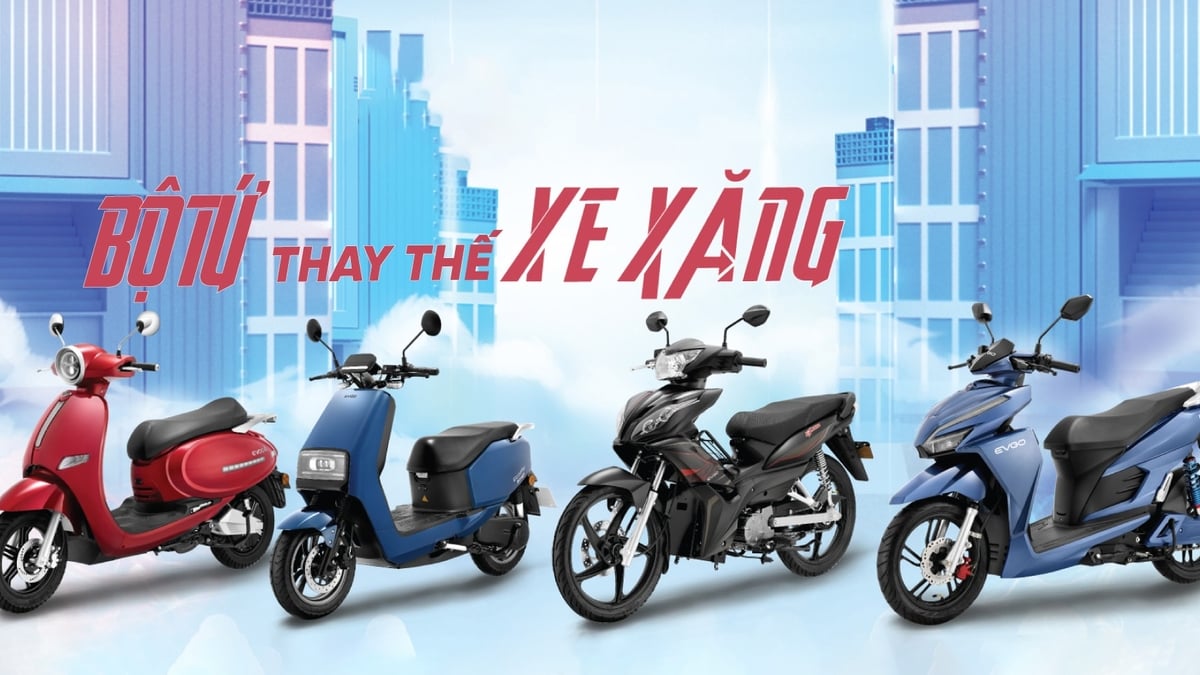

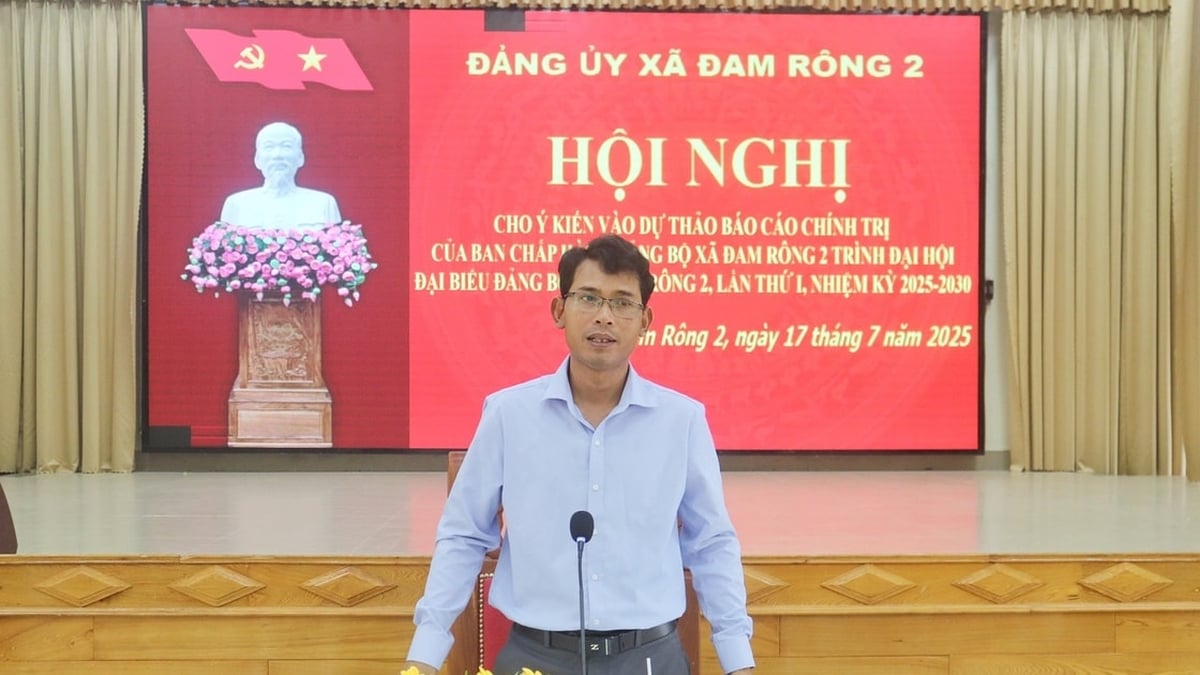
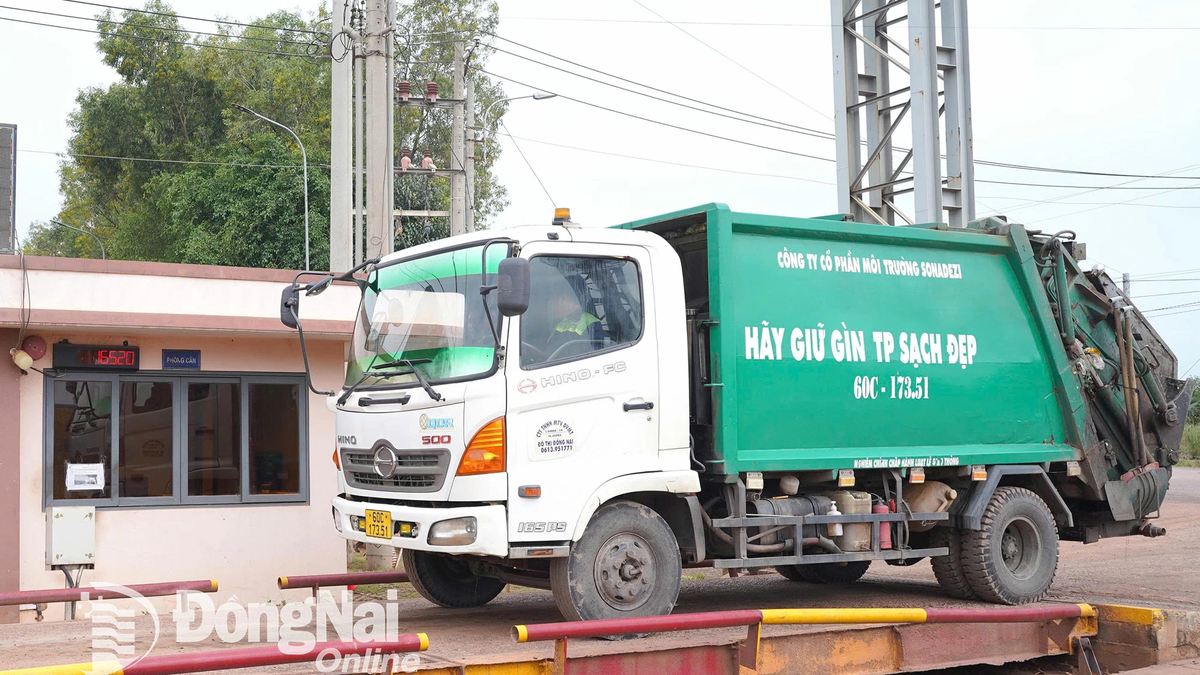
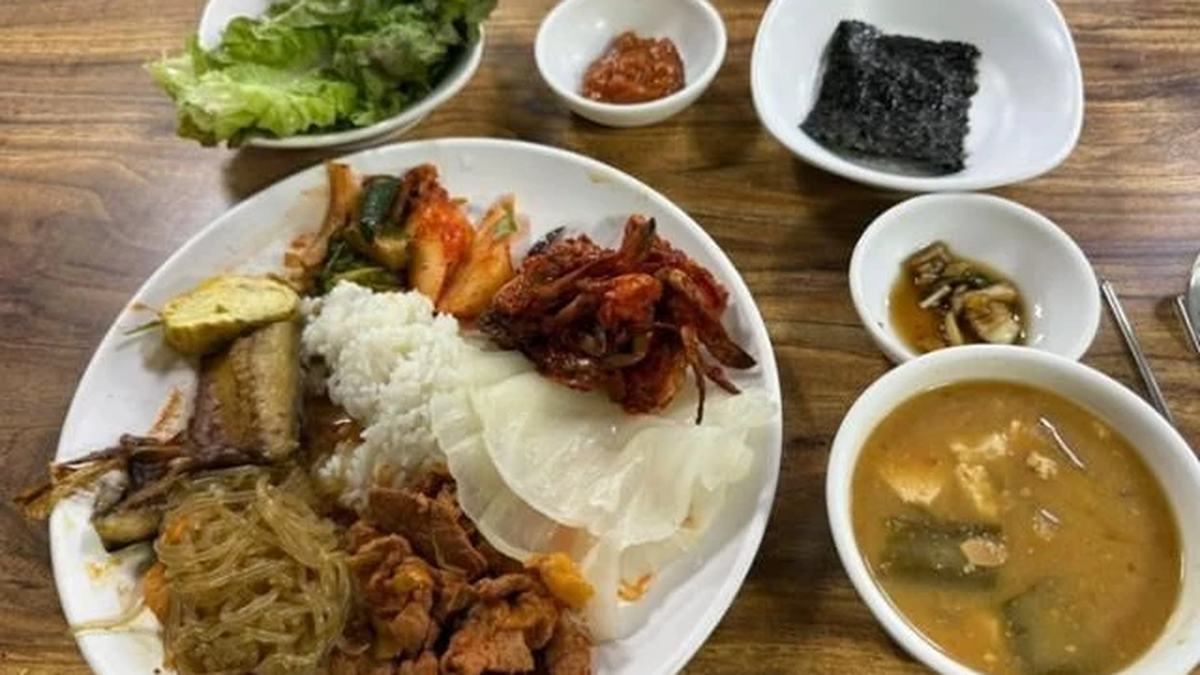

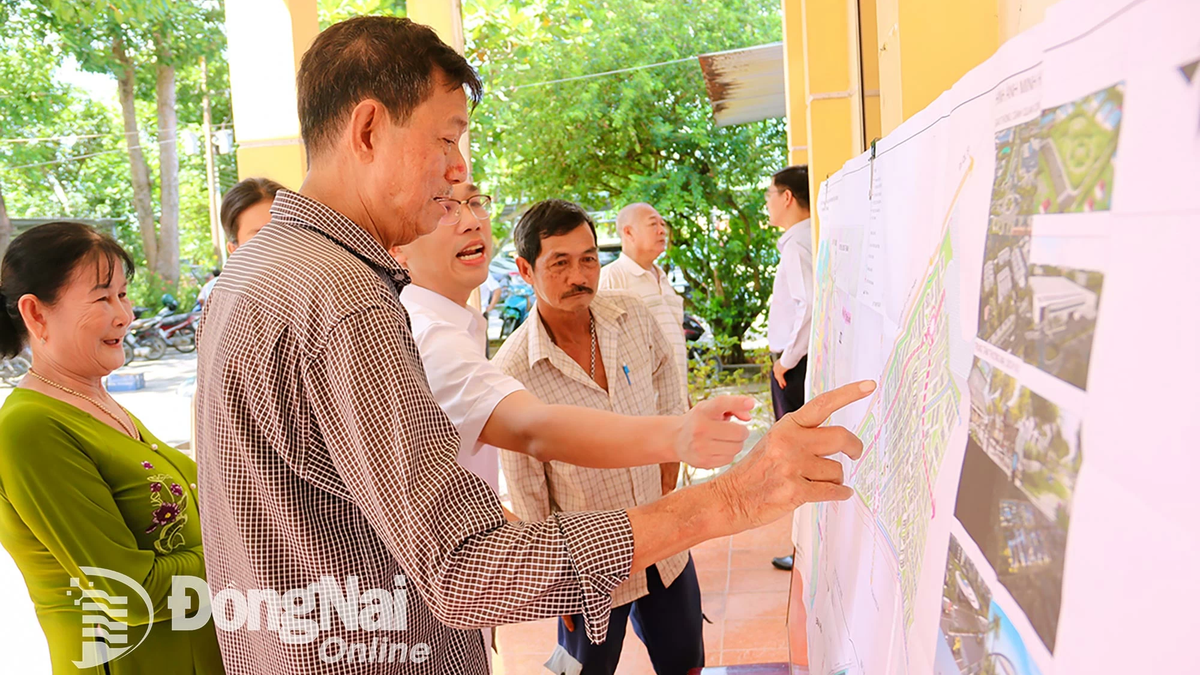
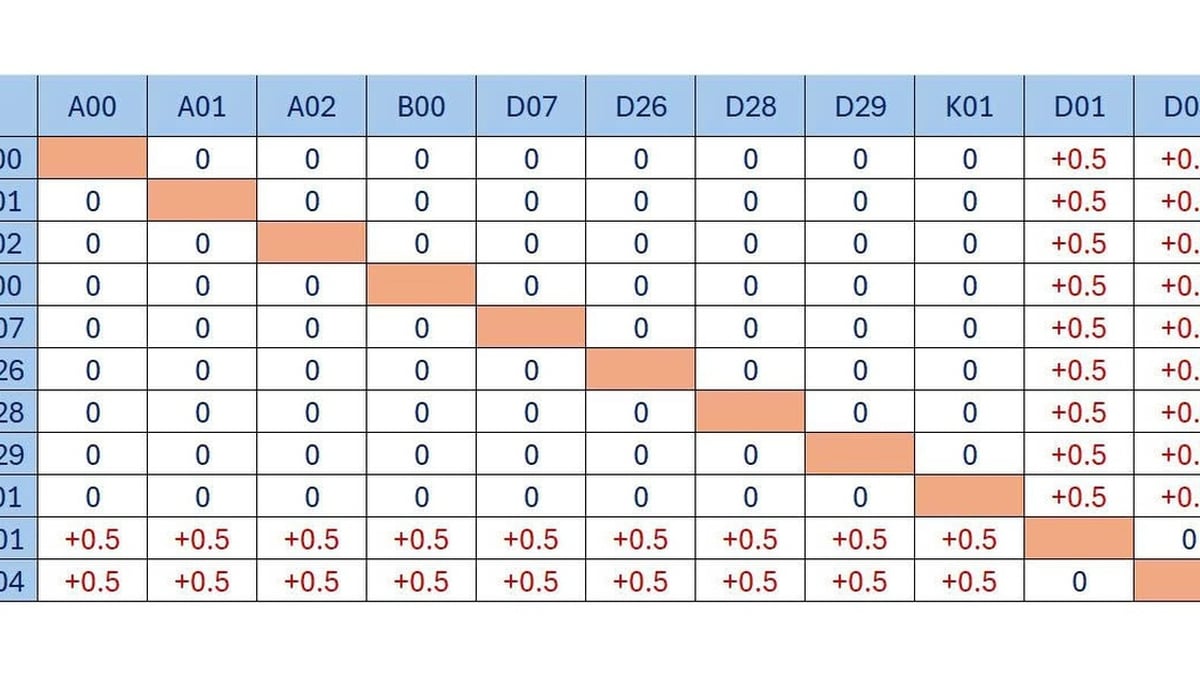
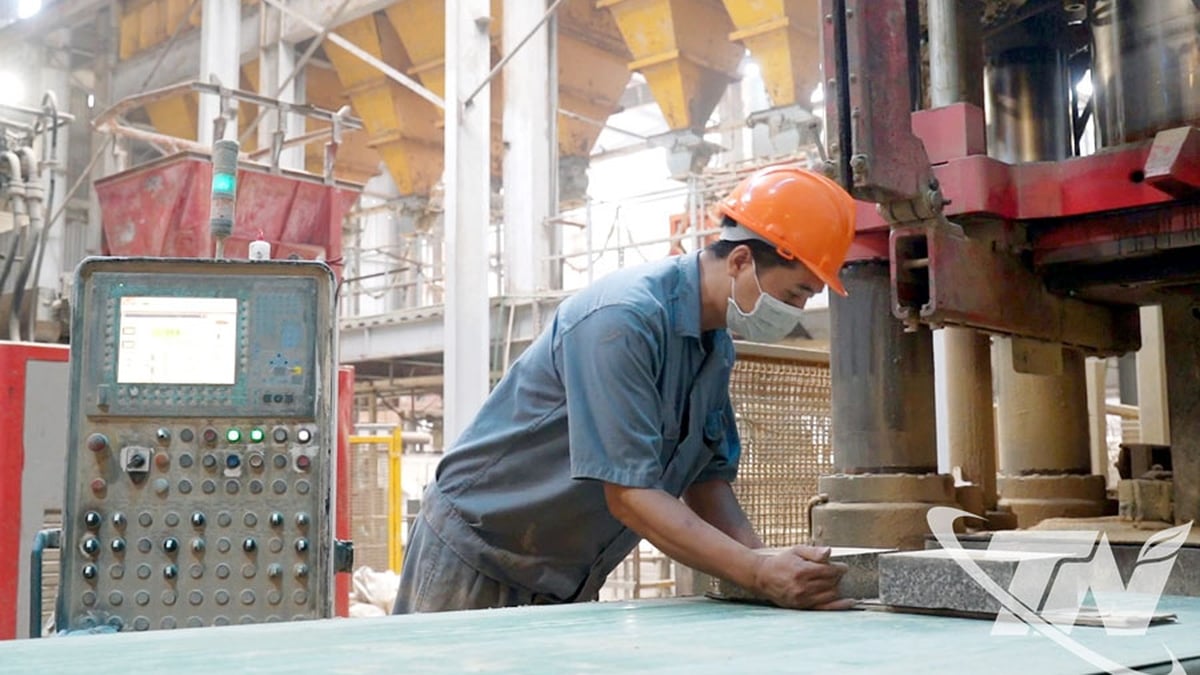





















































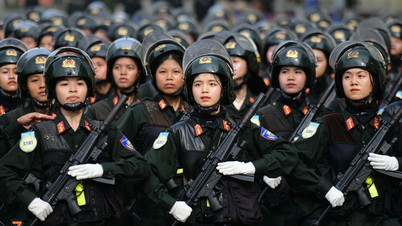




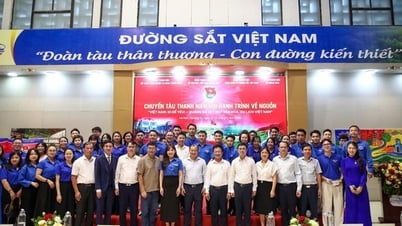


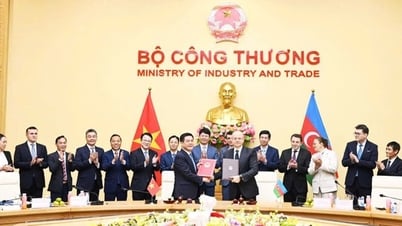












![[Infographic] In 2025, 47 products will achieve national OCOP](https://vphoto.vietnam.vn/thumb/402x226/vietnam/resource/IMAGE/2025/7/16/5d672398b0744db3ab920e05db8e5b7d)














Comment (0)